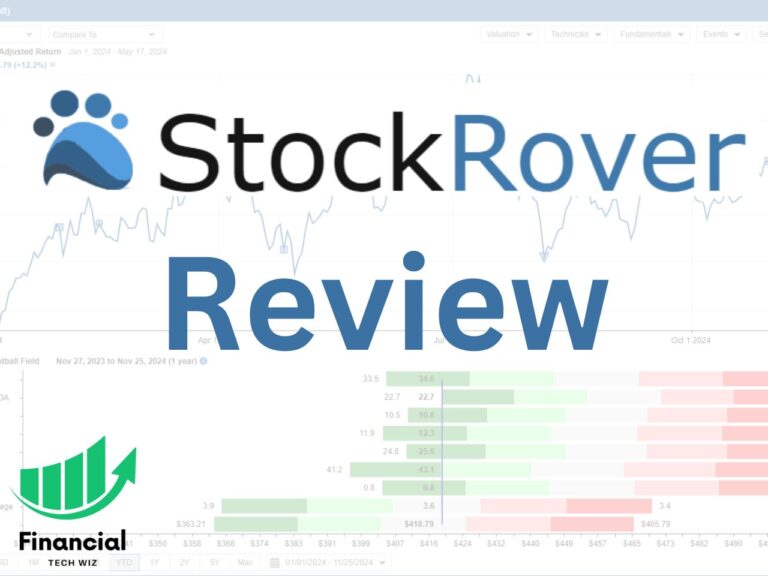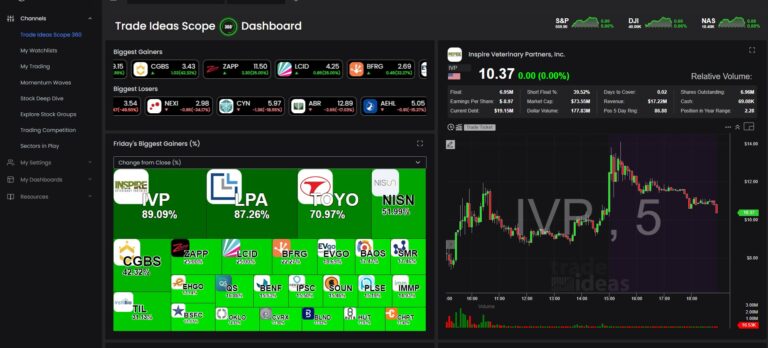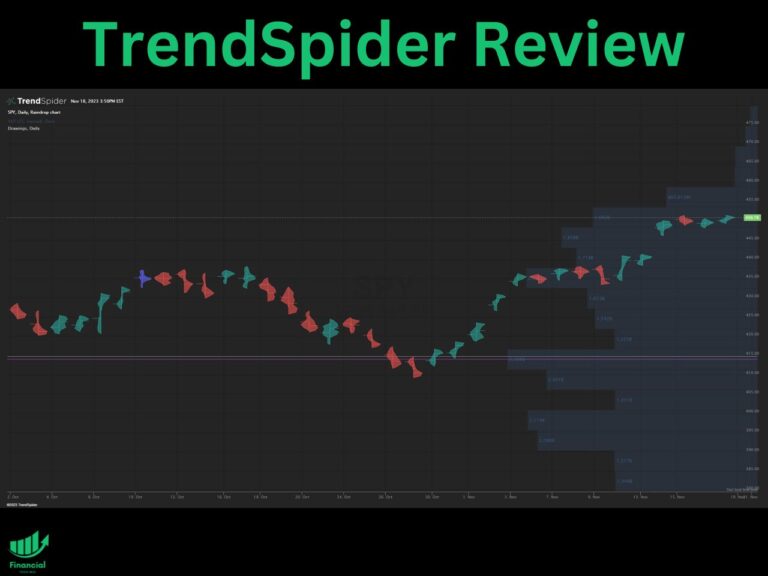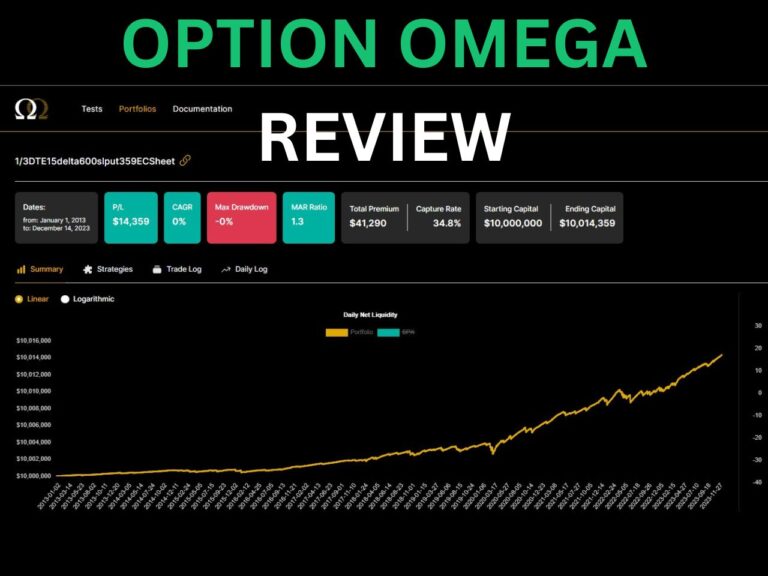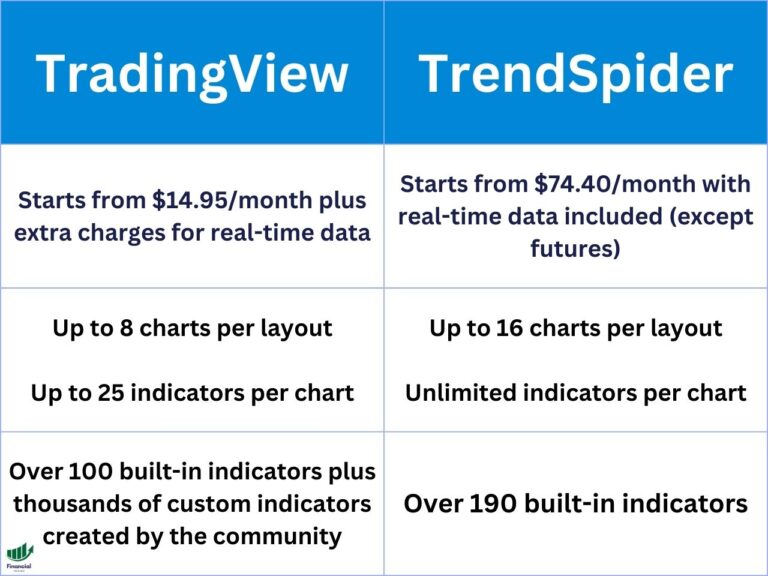How to Draw on TradingView: A Comprehensive Guide
How to Draw on TradingView
TradingView is a popular and user-friendly trading platform packed with features that make analysis and charting a breeze. One of the standout features is the vast array of drawing tools that TradingView offers.
In this guide, we’ll go over how to use TradingView’s drawing tools effectively and answer some common questions about drawing on TradingView.
Getting Started with Drawing Tools
Locating the Drawing Tools
All the drawing tools in TradingView can be found on the left panel of the chart. These tools are organized into subgroups based on their similarities and utility.
For example, text, price labels, and callouts are grouped together as they all share the purpose of chart annotations and highlights through text and arrows.
Popular Drawing Tools
Here are some popular drawing tools available in TradingView:
- Cursor: cross, dot, arrow, eraser
- Trend Line tools: trend line, horizontal line/ray
- Gann and Fibonacci tools: fib retracement, trend-based fib extension, pitchfork
- Geometric shapes: path, highlighter, brush, rectangle
- Annotation tools: text, callout, price label, price note, arrow marker
- Patterns: Head and shoulders, Elliot wave
- Prediction and measurement tools: long, short, price, and date range
- Icons: broad range of emojis
- Measure: measure a range of bars
How to Use Drawing Tools
Step-by-Step Instructions
Drawing tools in TradingView are used for chart annotation and analysis. Here’s how to use them:
- Open a TradingView chart.
- Locate the drawing tool panel on the left side of the chart.
- Select the tool you would like to use. You can also open a subgroup to see more tool options.
- Use the drawing tool via the “click-hold-drag” mechanism or simply click (depending on the type of drawing).
- Click the area of the chart where you want to add the drawing. The price level of that point will be highlighted on the Y-axis.
- Hold to lock the starting point. You can also hold shift for a straight line.
- Drag to extend the coverage of your drawing. The price levels covered by the trend line will be highlighted on the Y-axis.
- Release the hold to complete the drawing.
- For most tools, you do not have to hold and drag; rather, just click twice.
Drawing in Full Screen Mode
When viewing the chart in full-screen mode, the drawing toolbar is automatically hidden to optimize the viewing experience. To access drawing tools in full screen mode, you can use the favorites toolbar, which is an onscreen floating toolbar of your favorite tools.
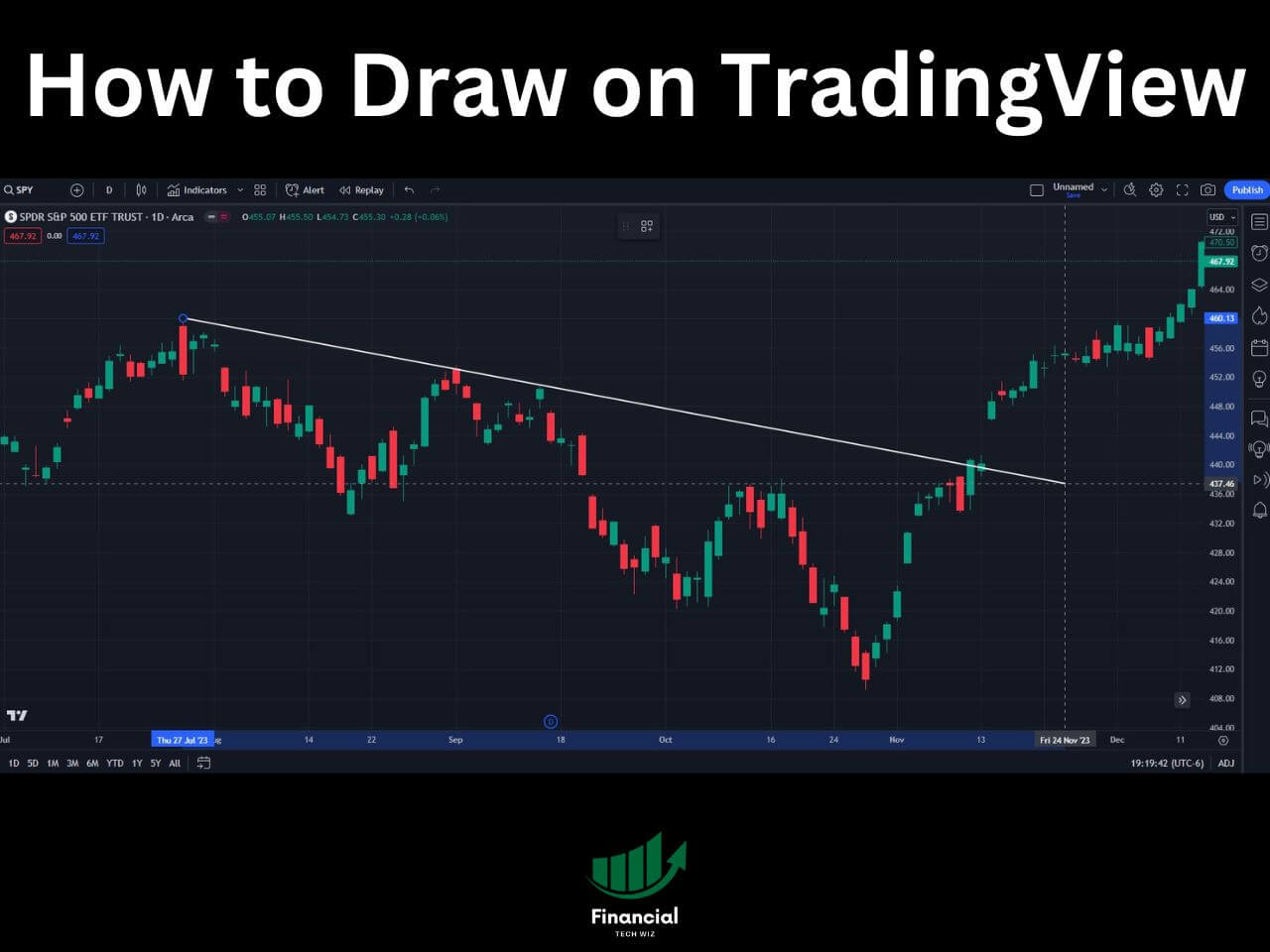
Customizing Drawing Tools
TradingView’s drawing tools can be customized to fit your aesthetic and style preferences. You can customize elements such as color, thickness, and style. There are two ways to do this:
- Floating Panel: Once a drawing object is completed, a floating panel will appear, allowing you to customize color, thickness, and style.
- Custom Window: Click the gear icon from the floating panel, or right-click the object you want to customize, then click “Settings” from the dropdown. This will open a custom window where you can customize various elements.
Creating a Favorites Toolbar
To save frequently used or favorite drawing tools for easy access, you can create a favorites toolbar. This toolbar is a floating toolbar on the chart and can be freely moved around the chart. To move the toolbar, click and hold the six dots on the left side of the toolbar.
Drawing a Path in TradingView
The “Path” tool in TradingView is a chain of segments that ends with an arrow, allowing you to mark a sequence of trends or an arbitrary wave on the chart. Here’s how to draw a path in TradingView:
- Open the “Geometric Shapes” drop-down menu to find the “Path” tool.
- Select the “Path” tool.
- To start drawing, simply select the starting point on the chart.
- Mark out the next points, which will automatically connect into lines. You can create a chain of segments by continuously clicking on the chart.
- To exit the drawing mode and finish the path, double-click at the endpoint of the path.
- Don’t forget that the arrow can mark both the beginning and the end of the path. You can change this display in the tool settings menu or in the floating toolbar.
Drawing Freehand on TradingView
To draw freehand on TradingView, you can use the “Brush” tool, which is found under the “Geometric Shapes” category. Here’s how to do it:
- Open the “Geometric Shapes” drop-down menu to find the “Brush” tool.
- Select the “Brush” tool.
- Click and hold on the chart where you want to start your freehand drawing.
- Move your cursor while holding down the mouse button to draw freehand on the chart.
- Release the mouse button to finish the freehand drawing.
Writing on TradingView
To add text or write on TradingView, you can use the “Text” tool, which is found under the “Annotation Tools” category. Here’s how to do it:
- Open the “Annotation Tools” drop-down menu to find the “Text” tool.
- Select the “Text” tool.
- Click on the chart where you want to place the text.
- Type your desired text in the text box that appears.
- Press “Enter” or click outside the text box to finish adding the text.
Drawing Lines in the TradingView App
Drawing lines in the TradingView app is similar to drawing on the web platform. Here’s how to draw lines on the app:
- Open a chart on the TradingView app.
- Tap on the pencil icon at the bottom of the screen to access the drawing tools.
- Select the type of line you want to draw (e.g., trend line, horizontal line).
- Tap and hold on the chart to set the starting point of the line.
- Drag your finger to extend the line to the desired length.
- Release your finger to finish drawing the line.
Get a Discount on Your TradingView Subscription
As you explore the world of trading and chart analysis on TradingView, we have some exciting news to share! You can now take advantage of our affiliate link that usually gives new users a 30-day free trial of TradingView. That’s not all—when you use my link to subscribe, you’ll also receive a discount on your TradingView subscription.
How to Draw on TradingView | Bottom Line
TradingView’s drawing tools are powerful and versatile, allowing you to annotate and analyze charts with ease. Whether you’re an entry-level or seasoned trader, these tools offer a great way to enhance your charting experience.
If you want to learn more about technical analysis and the stock market, you should join the HaiKhuu Trading Community.
HaiKhuu gives you access to thousands of experienced traders willing to help you learn and answer any questions you may have.
Before you go
If you want to keep educating yourself about personal finance, you must check out these posts as well:
What is the Most Successful Options Strategy
Options Trading for Income: The Complete Guide
Mark Minervini’s Trading Strategy: 8 Key Takeaways
The Best Options Trading Books
The Best Laptops and Computers for Trading
How to Get a TradingView Free Trial
The Best TradingView Indicators
The Best Keyboards For Trading
This article contains affiliate links I may be compensated for if you click them.
– Free trading journal template
– Custom indicators, watchlists, & scanners
– Access our free trading community

